The American civil rights NGO Southern Poverty Law Center has registered a dramatic increase in so-called “hate groups" in the United States since 2008, attributing it to the economic crisis, immigration, mistrust of the government, and the election of an African-American president.
The radical right grew explosively in 2011, the third such dramatic expansion in as many years. The growth was fueled by superheated fears generated by economic dislocation, a proliferation of demonizing conspiracy theories, the changing racial makeup of America, and the prospect of four more years under a black president who many on the far right view as an enemy to their country.
The number of hate groups counted by the Southern Poverty Law Center (SPLC) last year reached a total of 1,018, up slightly from the year before but continuing a trend of significant growth that is now more than a decade old. The truly stunning growth came in the antigovernment “Patriot” movement – conspiracy-minded groups that see the federal government as their primary enemy.
The Patriot movement first emerged in 1994, a response to what was seen as violent government repression of dissident groups at Ruby Ridge, Idaho, in 1992 and near Waco, Texas, in 1993, along with anger at gun control and the Democratic Clinton administration in general. It peaked in 1996, a year after the Oklahoma City bombing, with 858 groups, then began to fade. By the turn of the millennium, the Patriot movement was reduced to fewer than 150 relatively inactive groups.
But the movement came roaring back beginning in late 2008, just as the economy went south with the subprime collapse and, more importantly, as Barack Obama appeared on the political scene as the Democratic nominee and, ultimately, the president-elect. Even as most of the nation cheered the election of the first black president that November, an angry backlash developed that included several plots to murder Obama. Many Americans, infused with populist fury over bank and auto bailouts and a feeling that they had lost their country, joined Patriot groups.
The swelling of the Patriot movement since that time has been astounding. From 149 groups in 2008, the number of Patriot organizations skyrocketed to 512 in 2009, shot up again in 2010 to 824, and then, last year, jumped to 1,274. That works out as a staggering 755% growth in the three years ending last December 31st. Last year’s total was more than 400 groups higher than the prior all-time high, in 1996.
Meanwhile, the SPLC counted 1,018 hate groups operating in the United States last year, up from 1,002 in 2010. That was the latest in a string of annual increases going all the way back to 2000, when there were 602 hate groups. The long-running rise seemed for most of that time to be a product of hate groups’ very successful exploitation of the issue of non-white immigration. Obama’s election and the crashing economy have played a key role in the last three years.
At the same time, a third strand of the radical right – what the SPLC designates as “nativist extremist” groups, meaning organizations that go beyond normal political activism to harass individuals they suspect of being undocumented immigrants – shrank radically. After five years of sustained growth, these vigilante groups plummeted last year to 184 from 319 in 2010, a one-year drop of 42%. The decrease appears to be a product of bad press, internecine quarrels, and the co-optation of the immigration issue by state legislatures around the country passing draconian nativist laws like Alabama’s H.B. 56.
In some ways, it was surprising that the same deflating effect did not hit the Patriot and hate groups, as 2011 also saw many politicians and other public figures attacking Muslims, LGBT people and other minorities, effectively taking on some of the issues dear to the radical right. But there was enough of a far-right wind to fill the sails of politicians, hate and Patriot groups, and Tea Parties alike, very likely the result, in large part, of a view of Obama as a dire threat to the country. (An IBOPE Zogby survey last year found that 30% of all voters did not believe that Obama was born in the U.S. even after the release of his long-form birth certificate.)
It’s hard to know how all this will play out, given the unsettled nature of the presidential campaign and, in particular, the GOP primaries. The animus toward Obama and the government may be as much rooted in economic as racial anger.
In May 2011, a scholarly study published in Perspectives on Psychological Science found that white Americans believe that progress in race relations since the 1950s has come at their expense, with bias against whites more of a social problem in the last decade than bias against blacks. (This comes against the backdrop of the Census Bureau’s prediction that non-Hispanic whites will lose their majority, falling to under 50% of the population, by 2050.) But a Pew Research Center study this January suggested that income inequality may be even more important. The survey found that some two-thirds of Americans believe that there are “strong conflicts” between rich and poor, about a 50% increase since a 2009 survey. That sensibility also was apparent in both the Tea Parties and the Occupy Wall Street movement.
And so it is with many extremist groups.
August Kreis, a longtime neo-Nazi who in January stepped down as leader of an Aryan Nations faction after being convicted of fraud related to his veteran’s benefits, told the Intelligence Report that it was all about income inequality.
“The worse the economy gets, the more the groups are going to grow,” he said. “White people are arming themselves – and black people, too. I believe eventually it’s going to come down to civil war. It’s going to be an economic war, the rich versus the poor. We’re being divided along economic lines.”
At the most macro level, the growth of right-wing radicalization – a phenomenon that is plainly evident in Europe as well as the United States – is related directly to political and, especially, economic globalization. As the nation-state has diminished in importance since the end of the cold war, western economies have opened up, not only to capital from abroad but also to labor. In concrete terms, that has meant major immigration flows, many of which have drastically altered the demographics of formerly fairly homogenous populations. In both Europe and the US , white-dominated populations have become less so. At the same time, globalization has caused major economic dislocations in the west as certain industries and kinds of production move to less developed countries.
The sorry US economy also may offer the best single explanation for the huge expansion in the so-called “sovereign citizens” movement, a subset of the larger Patriot movement. Although the size of the sovereign movement is hard to gauge – sovereigns tend to operate as individuals rather than in organized groups – law enforcement officials around the country have reported encounters. The SPLC, for its part, has estimated that some 300,000 Americans are involved.
Sovereign citizens, whose ideology first developed in white supremacist groups, generally do not believe they are obliged to pay federal taxes, follow most laws, or comply with requirements for driver’s licenses and vehicle registrations. They also typically believe that filing certain documents can relieve them of debt or bankruptcy proceedings, or even bring them millions of dollars from secret government accounts. The claims are bogus, of course, but they have attracted thousands into the movement at a time of real financial hardship.
Sovereigns’ focus on their supposed right to drive “upon the land” without any regulation has brought them into regular conflict with law enforcement officials. That was seen most dramatically on May 20, 2010, when a father-son team of sovereigns murdered two West Memphis, Arkansas, officers during a traffic stop, but officials have had other encounters. Just this January, a sovereign accused of trying to shoot a police officer during a traffic stop in Hurst, Texas, went on trial.
“There is a contingent of malcontents out there who are exceedingly hostile,” Rich Roberts, a spokesman for the International Union of Police Associations, told the Christian Science Monitor for an article last year on the rising number of shooting deaths of police officers. “It’s a really complex phenomenon in that it’s a whole combination of factors where on one end you’ve got people like sovereign citizens, who are actually deliberately targeting police, as opposed to your garden-variety bad guy who’s carrying a gun and will not hesitate to use it.”
The FBI agrees. Last September, it issued a bulletin to law enforcement officials entitled “Sovereign Citizens: A Growing Domestic Threat to Law Enforcement” that describes the movement as “domestic terrorist”. The bulletin notes that sovereigns have killed six law enforcement officers since 2000 and that Terry Nichols, convicted in the Oklahoma City bombing, was a sovereign.
The largest group of organized sovereigns, the Alabama-based Republic for the united States of America (RuSA), last year took a new step toward organizing a kind of government-in-waiting by adding a “Congress” with voting representatives in 49 states. The group says it is in the process of “reinhabiting” the government.
Although it can sound threatening, RuSA has not engaged in any known violence. But that’s not true of all other Patriot groups, two of which are alleged to have engendered major terrorist plots aimed at police and others last year.
In March 2011, Alaska Peacemakers Militia leader Schaeffer Cox and four followers were arrested on weapons and conspiracy charges related to an alleged plan to kill Alaska state troopers and a judge. A state court later ruled that hundreds of hours of secret recordings made by informants would not be admissible, leading to the freeing of one of Cox’s followers. But Cox and the other three still faced federal weapons charges and, this January, a superseding federal indictment again charged them with conspiracy to murder. In a related development, a woman, the militia’s secretary, was arrested trying to enter Canada when officials found a pistol and information about pipe bombs and the ricin toxin in her truck.
Then, last November, federal officials arrested four members of a Georgia militia. The four elderly men were accused of plotting to assassinate public officials, bomb federal buildings, and carry out mass murders in four US cities by dispersing deadly ricin dust from the windows of speeding cars. Like Cox and his comrades, the Georgia men are to be tried this year.
One of the factors apparently driving the expansion of the radical right has been the spread of conspiracy theories and demonizing falsehoods. Tall tales about secret government concentration camps, for instance, have spread beyond Patriot groups into nativist organizations and others. Equally preposterous stories of plots to impose Islamic Sharia law and to “recruit” schoolchildren into homosexuality have been plugged around the country, often by well-known public figures. It seems clear that this kind of propaganda boosts membership in conspiracy-minded groups.
But what may end up affecting the American radical right more than any other single factor in the coming year is President Obama and the presidential election campaign. If the primaries generate more attacks on the nation’s first black president based on complete falsehoods – that he is a secret Muslim, a Kenyan, a radical leftist bent on destroying America – it’s likely that the poison will spread. And if he wins re-election next fall, the reaction of the extreme right, already angry and on the defensive as the white population diminishes, could be truly frightening.
*[This article was originally published at the Southern Poverty Law Center.]
The views expresed in this article are the author's own and do not necessarily reflect Fair Observer's editorial policy.
Support Fair Observer
We rely on your support for our independence, diversity and quality.
For more than 10 years, Fair Observer has been free, fair and independent. No billionaire owns us, no advertisers control us. We are a reader-supported nonprofit. Unlike many other publications, we keep our content free for readers regardless of where they live or whether they can afford to pay. We have no paywalls and no ads.
In the post-truth era of fake news, echo chambers and filter bubbles, we publish a plurality of perspectives from around the world. Anyone can publish with us, but everyone goes through a rigorous editorial process. So, you get fact-checked, well-reasoned content instead of noise.
We publish 2,500+ voices from 90+ countries. We also conduct education and training programs
on subjects ranging from digital media and journalism to writing and critical thinking. This
doesn’t come cheap. Servers, editors, trainers and web developers cost
money.
Please consider supporting us on a regular basis as a recurring donor or a
sustaining member.
Will you support FO’s journalism?
We rely on your support for our independence, diversity and quality.



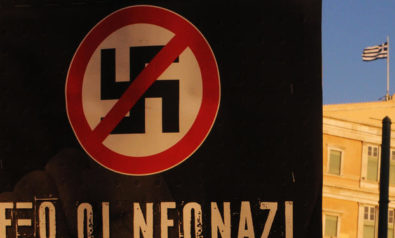
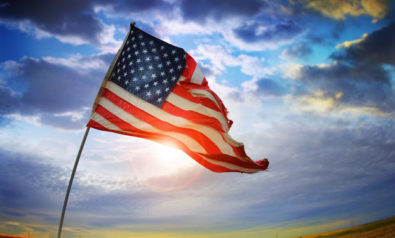
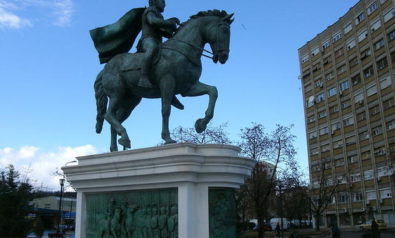

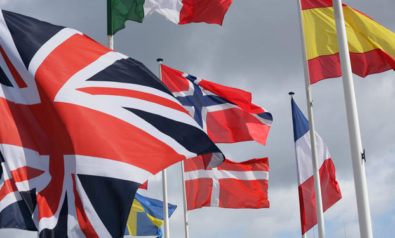

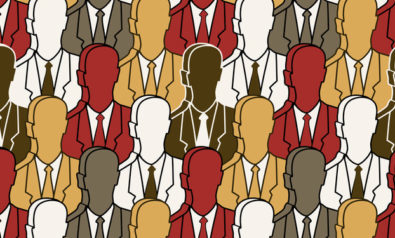
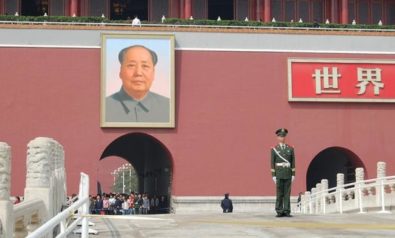
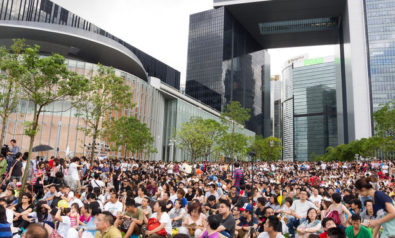
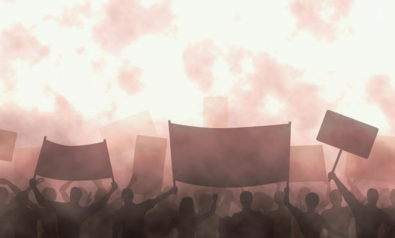
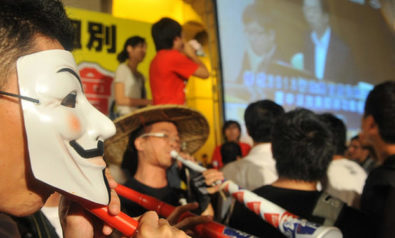
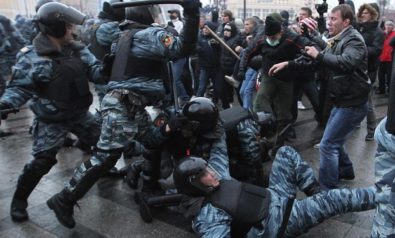

Comment